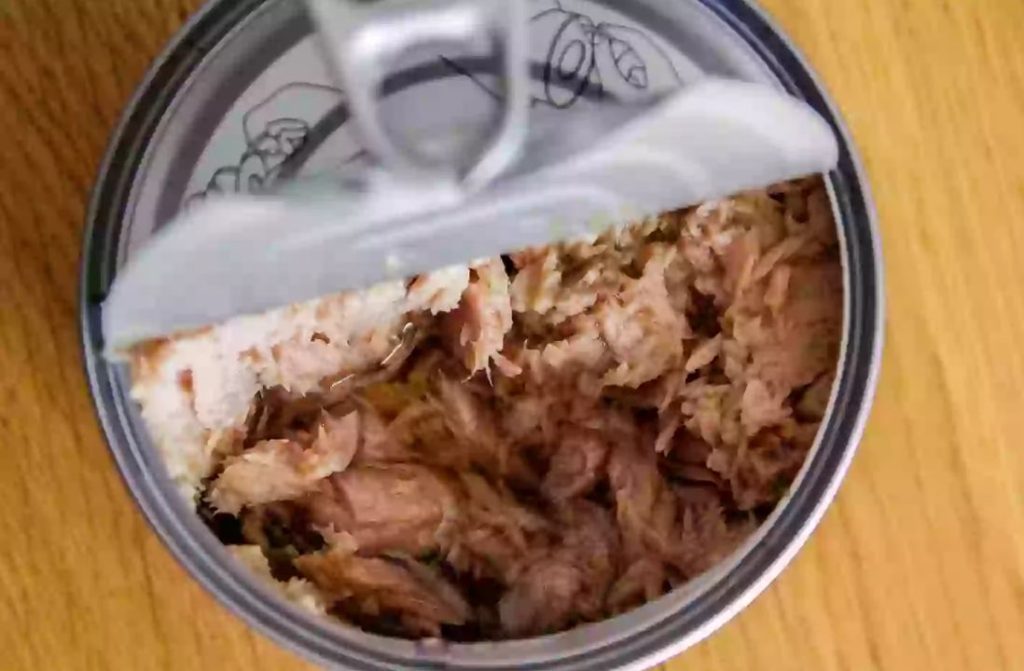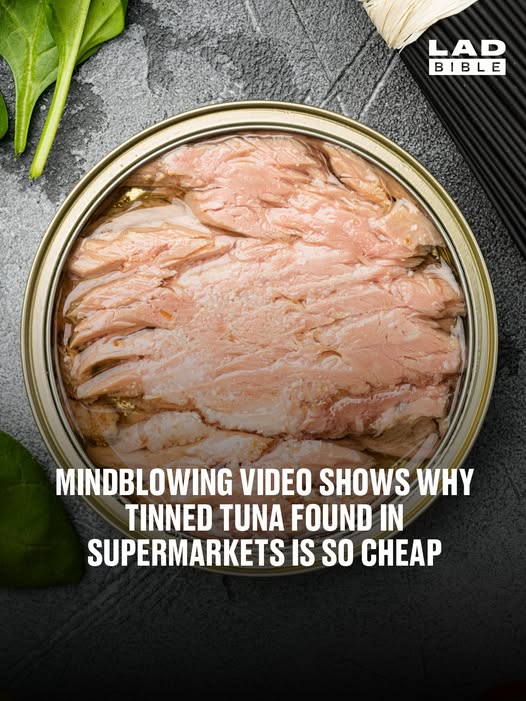Canned tuna is a pantry staple in homes across the world. It’s protein-rich and most importantly, incredibly affordable. But have you ever wondered why canned tuna is so cheap? Find out more in the article below.
The answer lies in a combination of fishing practices, supply chain strategies, species used, and market dynamics. Here’s a breakdown of the main reasons behind tuna’s low price.
Not All Tuna Is the Same
First, it’s important to understand that the tuna used in cans is not the same as the luxurious cuts you see in sushi restaurants. Canned tuna typically comes from smaller, more abundant species like skipjack and albacore, which are cheaper and easier to catch than premium varieties like bluefin tuna. Skipjack tuna, which is the most common species used in canned products, matures quickly and reproduces in large numbers. This makes it more sustainable and cost-effective to harvest, keeping the overall cost down.

Mass Fishing Keeps Prices Low
Another major factor is the use of industrial fishing methods. Large fishing fleets use techniques like purse seining, which allows them to catch thousands of fish in one go. These methods are highly efficient and reduce the cost per pound of fish. In addition, much of the tuna is processed in countries with lower labor costs, such as Thailand, the Philippines, and Indonesia. This includes cleaning, cooking, canning, and packaging—further cutting down the price before it even reaches your supermarket.
Long Shelf Life Means Less Waste
Canned tuna also benefits from its incredible shelf life, which can range from two to five years. This makes it easier for retailers to store and distribute, without worrying about spoilage. In contrast, fresh fish must be sold quickly or frozen, adding to its handling and storage costs. Because it’s shelf-stable, canned tuna rarely goes to waste, which helps both producers and retailers avoid losses—and those savings are passed on to the consumer.
Supply Chain Optimization
The tuna industry has been built on decades of streamlined logistics. From catching and processing to shipping and stocking, the canned tuna supply chain is designed for maximum efficiency. These economies of scale, combined with bulk production and distribution, help keep prices incredibly low. Canning facilities often work directly with fishing companies to reduce middlemen and maintain competitive pricing. Supermarkets, in turn, benefit from these low wholesale prices and offer canned tuna as a loss leader—a product sold at minimal profit to draw customers in.
Environmental and Ethical Concerns
While canned tuna remains a budget-friendly source of protein, its low price can sometimes come with a hidden cost. Critics argue that overfishing, bycatch (the accidental capture of other marine life), and labor exploitation are issues in parts of the industry. However, in recent years, many brands have taken steps toward sustainable fishing practices, offering certifications like MSC (Marine Stewardship Council) labels, or emphasizing “pole-and-line” caught tuna to appeal to more conscious consumers.

The Bottom Line
Canned tuna is cheap because of a combination of factors: abundant fish species, mass fishing techniques, low processing costs, and long shelf life. While it remains a practical and affordable food option for millions, it’s important to be aware of where it comes from and how it’s produced. The next time you grab a tin from the shelf, you’ll know there’s more behind the price than meets the eye.

















